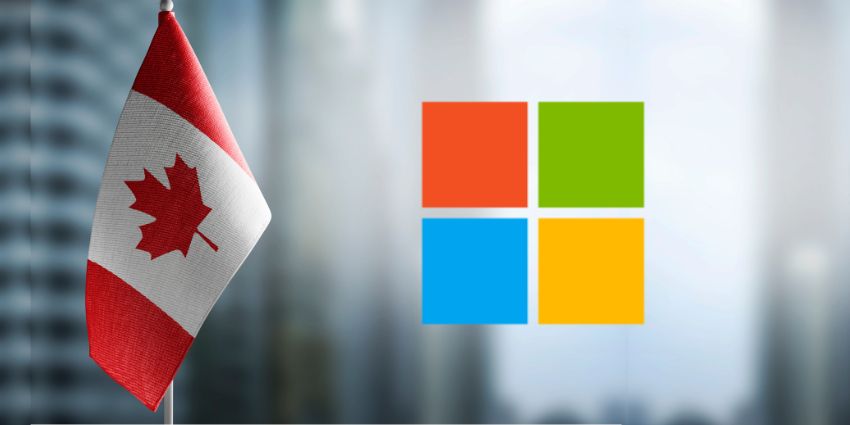Regulations apply to each – making compliance and governance a logistical challenge for employees. As we wrote previously, there are strict standards for collecting, storing, and safeguarding data across every channel.
The Components of a DCGA Strategy
Archiving and data storage are not the only parts of a robust strategy – communication data capture, management, governance, and compliance are all part of a full approach. We spoke to compliant and governed communications solution provider LeapXpert about what a strategy should encompass. Their approach has four facets:
- Communication
Your digital compliance needs to cover all communication channels across both corporate-owned and personal devices. The data must be generated in a reliable and official manner to integrate the different channels, regardless of the application used for business communication – whether that’s Microsoft Teams, Slack, native apps or proprietary apps like Leap Work.
- Capture
Data capture must be comprehensive – recording across all channels and storing it in one place. It must include communication data and metadata – which includes conversation start and end times and participants’ names and details . The capture process should include ephemeral messages, edited or deleted messages, message replies and forwarding but also emojis that convey a message signification, reactions, stickers, files, and documents, etc.
- Surveillance & Supervision
This is included to analyze and manage data, prevent security threats like viruses, malware, and enforce governance controls (access control to the data, data encryption, data loss prevention, etc.)
- Archiving
This comprises long-term storage with retention policies (of 5-7 years) which can be accessed in case of an audit or report.
“Without effective communication and comprehensive data capture, governance and archiving are impossible,” said Avi Pardo, Co-founder & CBO at LeapXpert.
“These elements are essential for seamless management and the foundation of effective governance and archiving.”
Five Steps to a DCGA Strategy
Developing a strategy can be an intimidating thought, but we have simplified it with our five steps to success.
- Assess and define requirements
- Firstly, you need to identify the regulatory and legal requirements to be met. These vary by location and industry, so do the research. Industry-specific regulations include SEC, FINRA, ESMA, and HIPAA.
- Also consider your business needs. What types of communication do you need to archive and how long for?
- Assess your current governance and archiving structure, so you can identify gaps and areas for improvement.
- Develop Governance Policies and Procedures
- Establish clear and comprehensive policies on digital communications that cover usage, storage, access and sharing.
- Define roles and responsibilities within teams so employees understand their role in managing digital communications and have accountability for it.
- Implement usage guidelines. Develop guidelines for proper use of digital communication channels and tools to ensure compliance and consistency across your organization.
- Select and Implement Technological Solutions
- Choose the correct technology stack and tools for your needs – ensuring you consider channel coverage, scalability, security, and integration.
- Integrate new solutions with your existing systems t
- Ensure security and compliance measures such as encryption, access controls and regular audits.
- Train Employees
It’s important that employees understand and buy in to any policies around governance and compliance. They must understand that both companies and individuals are liable to fines and/or legal repercussions of non-compliance, depending on your region. To ensure a unified approach:
- Conduct regular training sessions
- Develop educational materials
- Foster a culture of compliance
- Monitor, Audit and Update the Strategy
Regulations are liable to change regularly and quickly, as lawmakers wrestle with a fast-evolving communications market. Your enterprise needs to monitor changes and maintain an agile approach. This should encompass:
- Regular monitoring and auditing
- Reviews and updates to policies
- Gathering feedback to streamline and improve the approach
It’s clear that IT and UC teams within enterprises need to govern their communication channels effectively – even without compliance pressures. Solutions like The LeapXpert Communications Platform offer all-in-one solutions that provide a flexible way to communicate with clients in a governed and compliant manner. This ensures all processes are covered, from comprehensive data capture all the way through to intelligent reporting.







